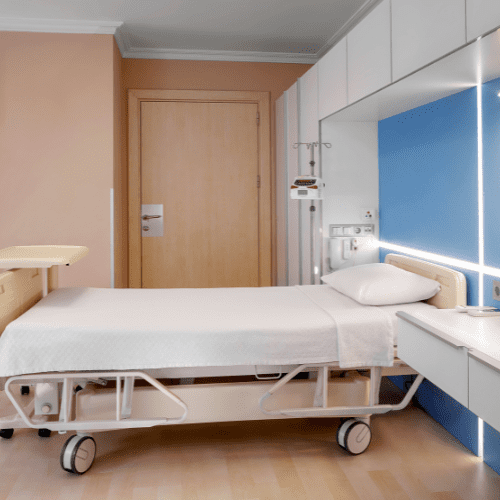Reconstructive surgery camps have emerged as a vital solution for addressing the needs of individuals affected by trauma, congenital anomalies, and other medical conditions. These camps, often set up in remote or underserved areas, aim to provide surgical interventions that improve both physical appearance and functional abilities. However, the success of such initiatives heavily relies on the infrastructure in place. Proper facilities and thoughtful design are essential to ensure that these camps operate effectively, safely, and efficiently.
Essential Facilities for Effective Reconstructive Surgery Camps
To deliver high-quality reconstructive surgical care, certain essential facilities must be integrated into the camp infrastructure. At the forefront is the surgical unit, which should be well-equipped with modern surgical tools, anesthesia machines, and sterilization equipment. These facilities not only ensure that surgeries are performed safely but also help minimize the risk of infections and complications during and after procedures. Access to a well-organized recovery area is equally important, allowing patients to recuperate under medical supervision before being discharged.
In addition to surgical facilities, effective reconstructive surgery camps should feature consultation and examination rooms. These spaces enable thorough pre-operative evaluations and post-operative follow-ups. Adequate waiting areas are crucial for patients and their families, providing a comfortable environment as they await assessment or surgery. Furthermore, staff facilities, including staff rooms and rest areas, are needed to support the medical team, allowing them to rest and recharge between procedures while maintaining optimal performance.
Lastly, a reliable supply chain for essential medical materials is indispensable. Accessibility to medications, sutures, and other surgical supplies can significantly impact the camp’s ability to deliver care. Collaborations with local health organizations and logistics companies can help in maintaining an adequate inventory, ensuring that each surgical procedure can be performed without unnecessary delays or compromises.
Key Considerations in Designing Surgical Camp Infrastructure
When designing the infrastructure for reconstructive surgery camps, several critical considerations must be taken into account. The location is paramount; camps should be situated close to the communities they serve, ensuring that patients can easily access care. Additionally, the community’s socio-economic conditions should inform the design process, allowing the camp to meet specific needs and cultural sensitivities. Involving local healthcare providers in the planning stages can also foster trust and improve the camp’s acceptance within the community.
Another vital aspect is the adaptability of the infrastructure. Camps should be designed with modular facilities that can be easily assembled and disassembled, catering to temporary or long-term deployment. Flexibility is key; the camp may need to accommodate different types of surgeries or fluctuating patient demographics. This adaptability ensures that the camp can respond effectively to varying demands while maximizing resource utilization.
Lastly, ensuring safety and compliance with health regulations is crucial. The camp’s infrastructure should adhere to strict hygiene and safety standards to protect both patients and healthcare professionals. This includes proper waste management systems, water and sanitation facilities, and emergency protocols. By prioritizing safety in the design, reconstructive surgery camps can create an environment where patients feel secure, which is vital for their recovery and overall experience.
In summary, the infrastructure of plastic surgery reconstructive camps plays a pivotal role in their success and effectiveness. Essential facilities such as surgical units, consultation rooms, and a solid supply chain are integral to providing high-quality medical care. Additionally, careful consideration of location, adaptability, and safety standards ensures that these camps can meet the diverse needs of patients while fostering a supportive environment. As reconstructive surgery camps continue to grow in importance, investing in robust infrastructure will remain a key factor in advancing the field and improving patient outcomes worldwide.




